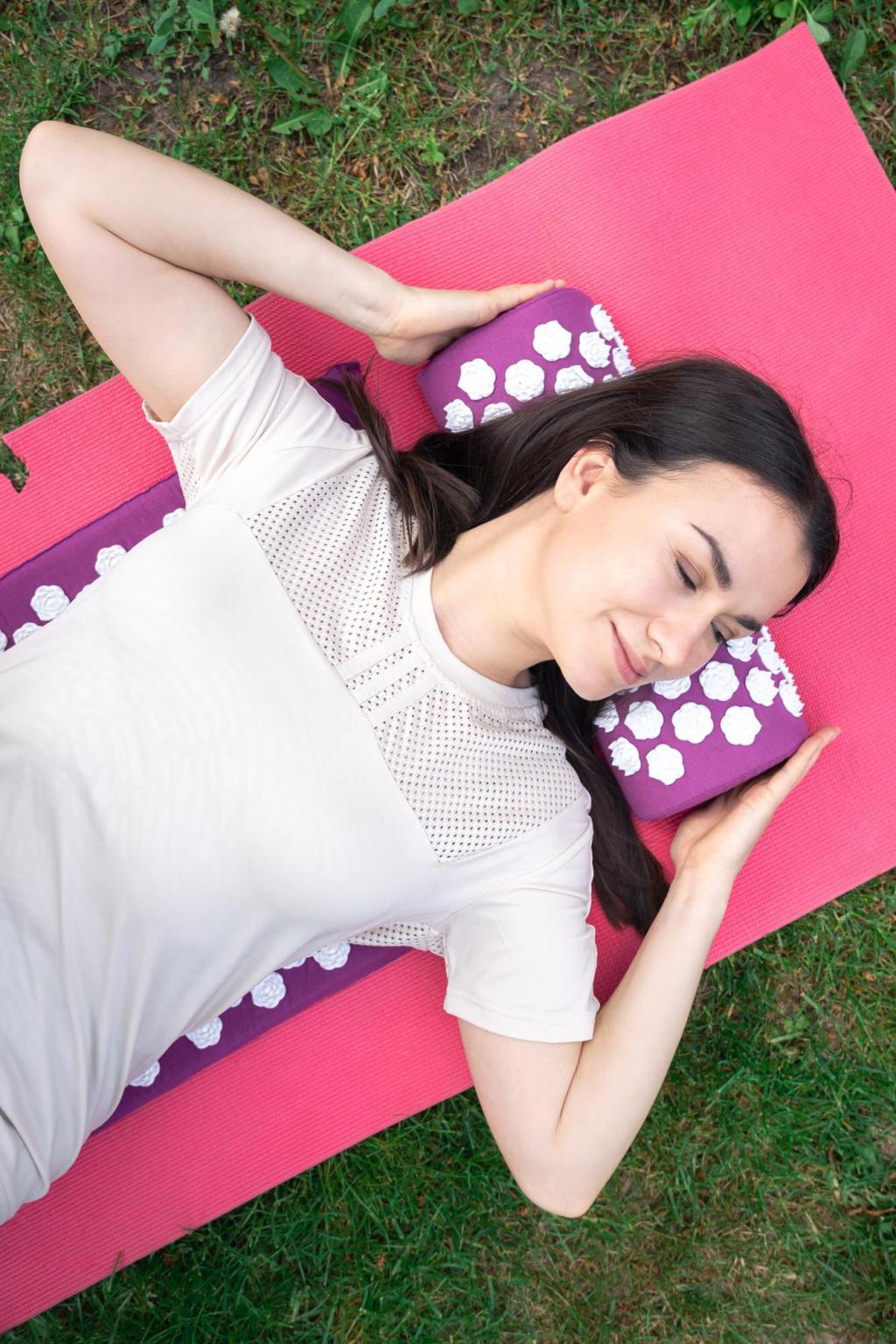Chosen theme: The Benefits of Clay Work in Stress Management. Welcome to a calming corner where touch, texture, and simple rituals help you unwind. Discover how working with clay can soften tense thoughts, slow your breath, and give your mind a steady, creative focus. Stay with us, share your experiences, and subscribe for weekly clay-based prompts that support your well-being.
Why Clay Calms: The Science Behind Stress Relief
Research has shown that as little as forty-five minutes of art-making can reduce cortisol for many people, reflecting a measurable easing of stress. Clay’s repetitive motions and tangible feedback deepen this calming effect by encouraging steady, intentional action.
Why Clay Calms: The Science Behind Stress Relief
The gentle pressure and textures of clay can support parasympathetic activation, helping the body shift from fight-or-flight toward rest and digestion. Kneading, smoothing, and coiling offer rhythmic cues that settle attention and soften anxious loops.



Choose the clay that fits your life
Air-dry clay is ideal for quick, no-kiln sessions; polymer clay cures in a home oven; stoneware suits studio time. Start easy to remove friction, so stress relief begins the moment you open the package.

Design a soothing, low-pressure workspace
Set a small table with a mat, a bowl of water, soft lighting, and calming music. Keep towels and simple tools nearby. A predictable, welcoming setup signals safety, helping your mind relax before you even begin.

Ten-minute clay calmers
Try a pinch pot while breathing four counts in and six counts out. Roll a slow coil to match your heartbeat. Press textures from leaves or fabric, noticing subtle sensations that invite steadier, calmer attention.



Mindful Techniques to Pair with Clay
Knead to a slow count: inhale four, exhale six. If you use a wheel, match breath to speed. Let movement guide breathing until calm steadiness replaces urgency and your thoughts settle naturally.
Mindful Techniques to Pair with Clay
As you wedge clay, scan from forehead to feet. Relax your jaw, drop your shoulders, soften your grip. Notice tension leaving through your hands, reshaping the clay as your posture grows more grounded.

From perfection to play
Perfectionism can turn creativity into pressure. Embrace wabi-sabi: the beauty of irregular rims, fingerprints, and small cracks. Treat every piece as practice, not proof, and watch anxiety loosen its hold.
Ergonomics and hand care
Alternate tasks to avoid strain: wedge briefly, then pinch or smooth. Keep wrists neutral, sit with hips supported, and stretch fingers afterward. Hydrate skin and rest hands so relief never costs your comfort.
Keep Going: Track Progress and Build Community
Mood and stress journal
Before and after each session, rate stress from one to ten. Note sensations, thoughts, and what you made. Over weeks, patterns appear, showing which exercises soothe you fastest and most reliably.
Photo timeline of growth
Photograph each piece and write a short caption about your day. Seeing forms evolve side by side highlights progress you might overlook, reinforcing motivation on tougher days and renewing your commitment.
Share, comment, subscribe
Post a photo of today’s piece, tell us which technique eased your stress, and subscribe for weekly prompts and community challenges. Your story might be the nudge someone else needs to begin.
